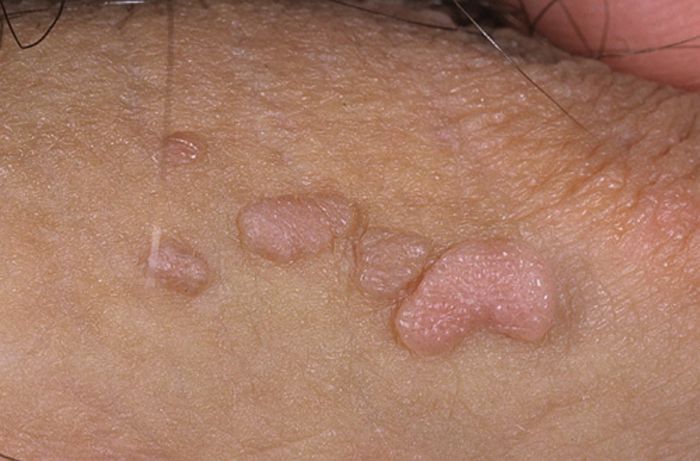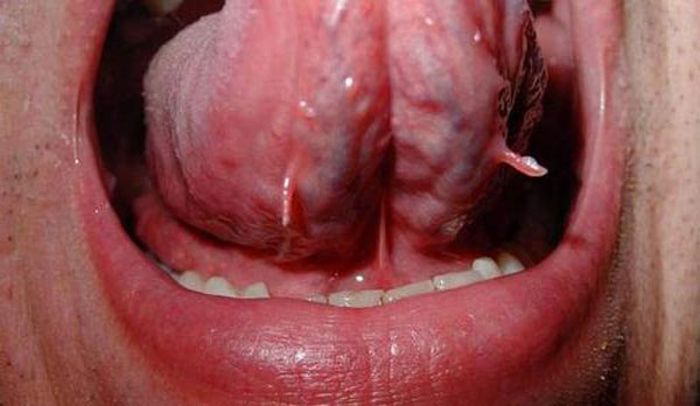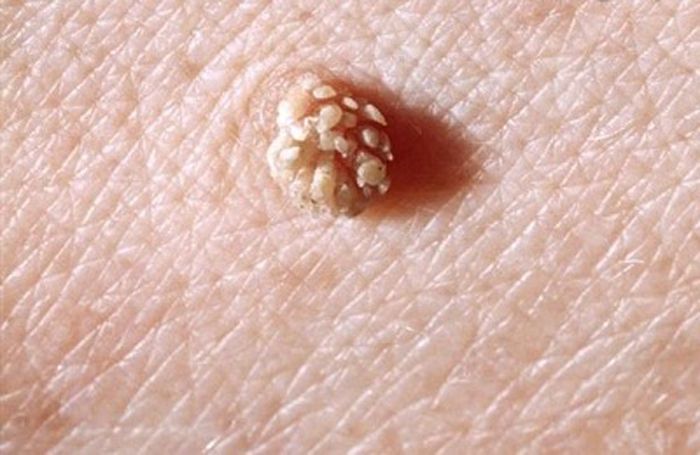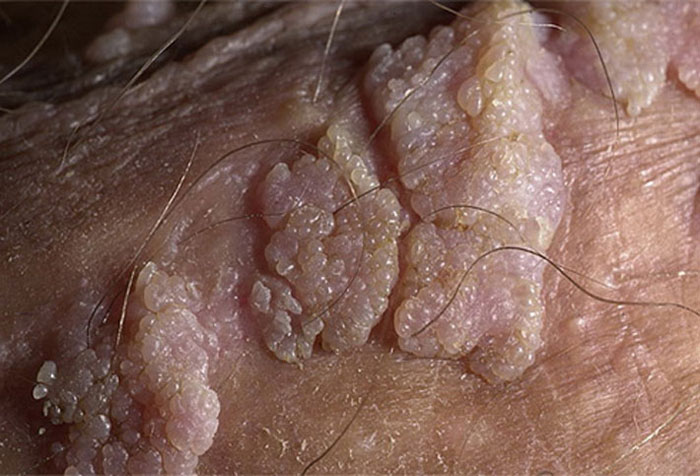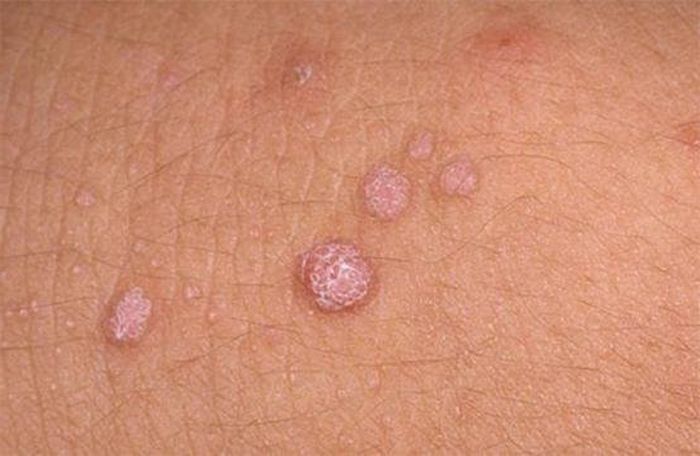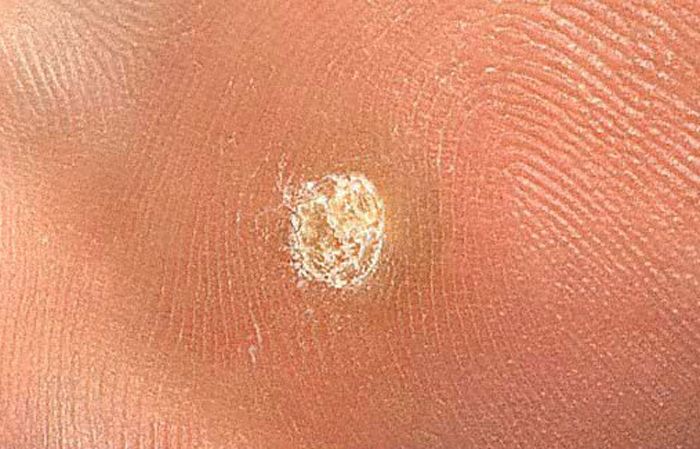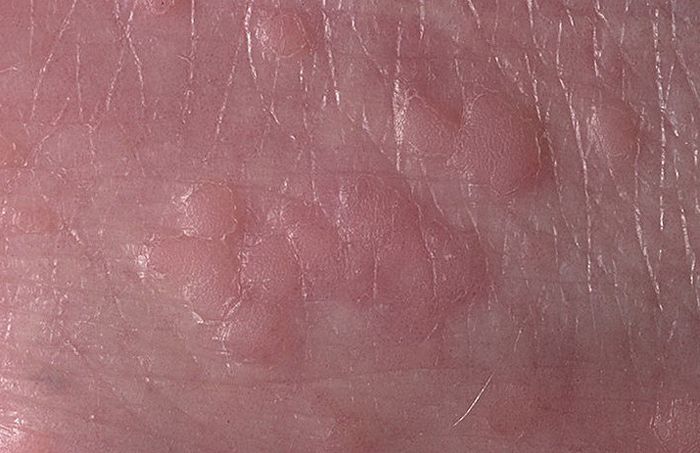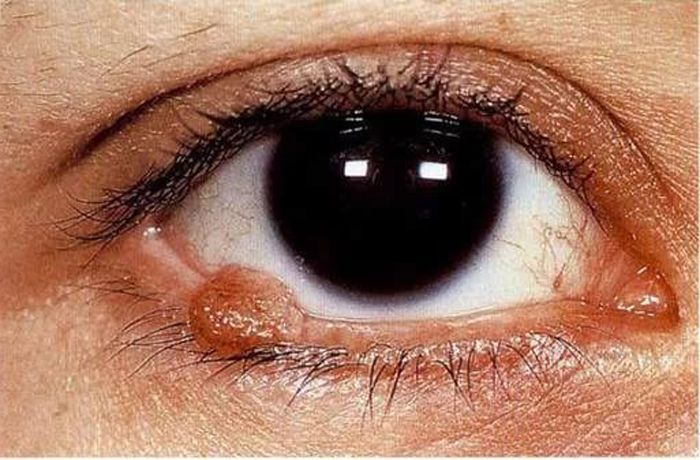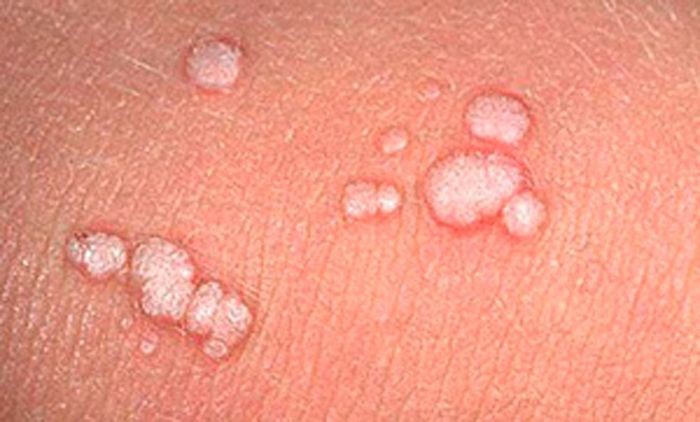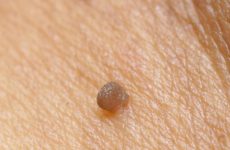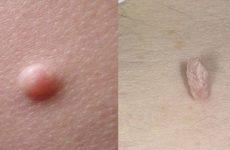Having found a new spot on the skin, a person forgets that it may not be just a mole, but one of the neoplasms.
Warts, condylomas and papillomas, the difference between which only a doctor may know, occur very often on various parts of the body, both in adults and in children.

Why do growths appear
Almost all formations on the mucous membranes or skin occur under the influence of an activated human papillomavirus. It can enter the body in several ways:
- Sexual.
- Contact household.
- From mother to child during childbirth.
Immediately after infection, manifestations appear only when a person’s immunity is greatly weakened. If the protective functions are normal, then the first symptoms may occur in a week or even a year. This is due to the fact that a healthy immune system is able to suppress the vital activity of the virus and does not allow HPV to be introduced into the DNA of a human cell.

The immune system is weakened if a person:
- Abuses alcohol or takes drugs.
- Smokes.
- Doesn’t play sports.
- Has hormonal disorders.
- Eating poorly.
- Often in stressful situations.
- Has chronic or congenital diseases in the acute stage.
- Takes antibiotics or other medications for a long time.
After such an impact on the body, papillomavirus begins to actively colonize healthy cells and rebuild them. Under the influence of HPV, warts or papillomas may appear. We recommend that you familiarize yourself with the material: papilloma ICD 10 .
Main differences
Someone will say, if all neoplasms appear under the influence of the human papillomavirus, then what is the difference? HPV is the general name for a group of viruses that cause growths on the skin and mucous membranes. This group includes about 100 varieties (strains) of viruses, and each of them creates its own growth. Therefore, doctors distinguish several criteria by which they find the difference between papillomas and condylomas:
- Virus strain.
- Favorite place for development.
- Transfer method.
- Appearance.
After studying several medical reference books and analyzing your neoplasms, you can determine condylomas or papillomas that have appeared on the skin.
warts
First, let’s deal with warts. These growths appear under the influence of both oncogenic and non-oncogenic strains of the virus. In the first case, the formations are able to degenerate into malignant and provoke the development of cancer.
In the second, the growths are benign, but doctors recommend removing them. Often warts are damaged by clothing or during hygiene procedures, because such an outgrowth becomes vulnerable to secondary infection. The growths often become inflamed.
Usually these educations develop:
- Armpits.
- On the neck.
- In the groin.
- In the crease between the buttocks.
- On the genitals of men and women.
Viruses that provoke the appearance of condylomas are transmitted both by contact and by household contact and sexually. Therefore, such growths are classified as sexually transmitted diseases.
For those who wondered how warts differ in appearance, we give such an answer. Most warts look like a small papilla on a stalk, 2 to 1.5 mm long. In color, they practically do not differ from healthy areas of the skin or have a pinkish and reddish tint. If several formations merge into one, then they resemble cauliflower. These are genital warts .
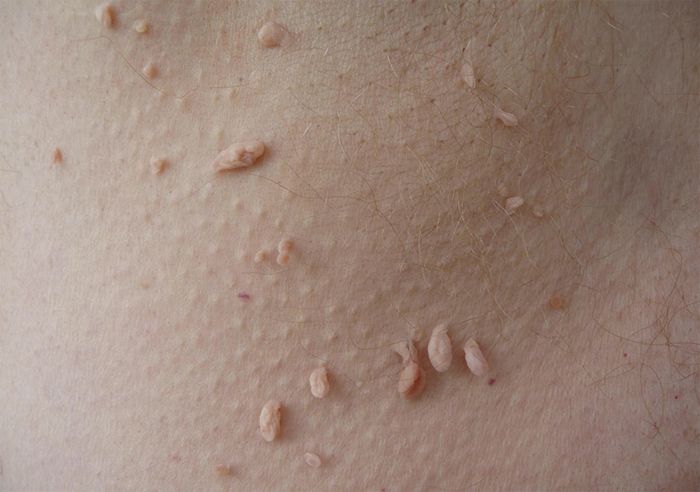
Filamentous formations
Doctors distinguish another type of genital warts – flat, wide formations. They do not rise above the skin, but grow deep. They often develop on the mucous membranes of the female genital organs. If such an outgrowth was found in a woman, then the doctor diagnoses suspicion of cervical cancer.
Papillomas
Now let’s figure out how papilloma differs from condyloma. These growths are only benign. If they are not damaged, then they are absolutely no danger. As for the strains of the virus, these are only non-cogenous forms. Doctors still recommend removing such growths, even if they do not cause any discomfort.
The virus settles on the feet and palms, back, neck, eyelids. The difference between papilloma and condyloma is that the virus is transmitted only through household contact. Outwardly, such growths may look different.
- Filiform formations are oblong outgrowths that have a leg. Most often appear in older people.
- Flat papillomas are a neoplasm that rises slightly above the skin. It usually has a brown color and occurs in several pieces at a time. You can find them on the arm, back, face.
- Plantar outgrowths are very reminiscent of a trodden corn, but if you look closely, you can see a lot of black dots inside.
- Ordinary papillomas – resemble a small ball that rises above the skin. At first, it does not differ from healthy tissues, but over time, keratinized cells appear on the surface. It seems that the neoplasm is peeling off.
Treatment
Despite whether a person has realized the difference between warts and papilloma, when they appear, you need to urgently run to the doctor. Firstly, it will help to make an accurate diagnosis of whether the formation is oncogenic or not. Secondly, choose the right treatment. And it will be complex.
- Medications. Reduce the activity of the virus and stimulate the immune system.
- Removal of external manifestation. (Surgery, laser removal , liquid nitrogen and others).
In order to get a good result and not be afraid of a relapse in the future, you need to clearly follow all the doctor’s recommendations. Otherwise, the growths will reappear and it does not depend on whether there were papillomas or condylomas on the human body.
